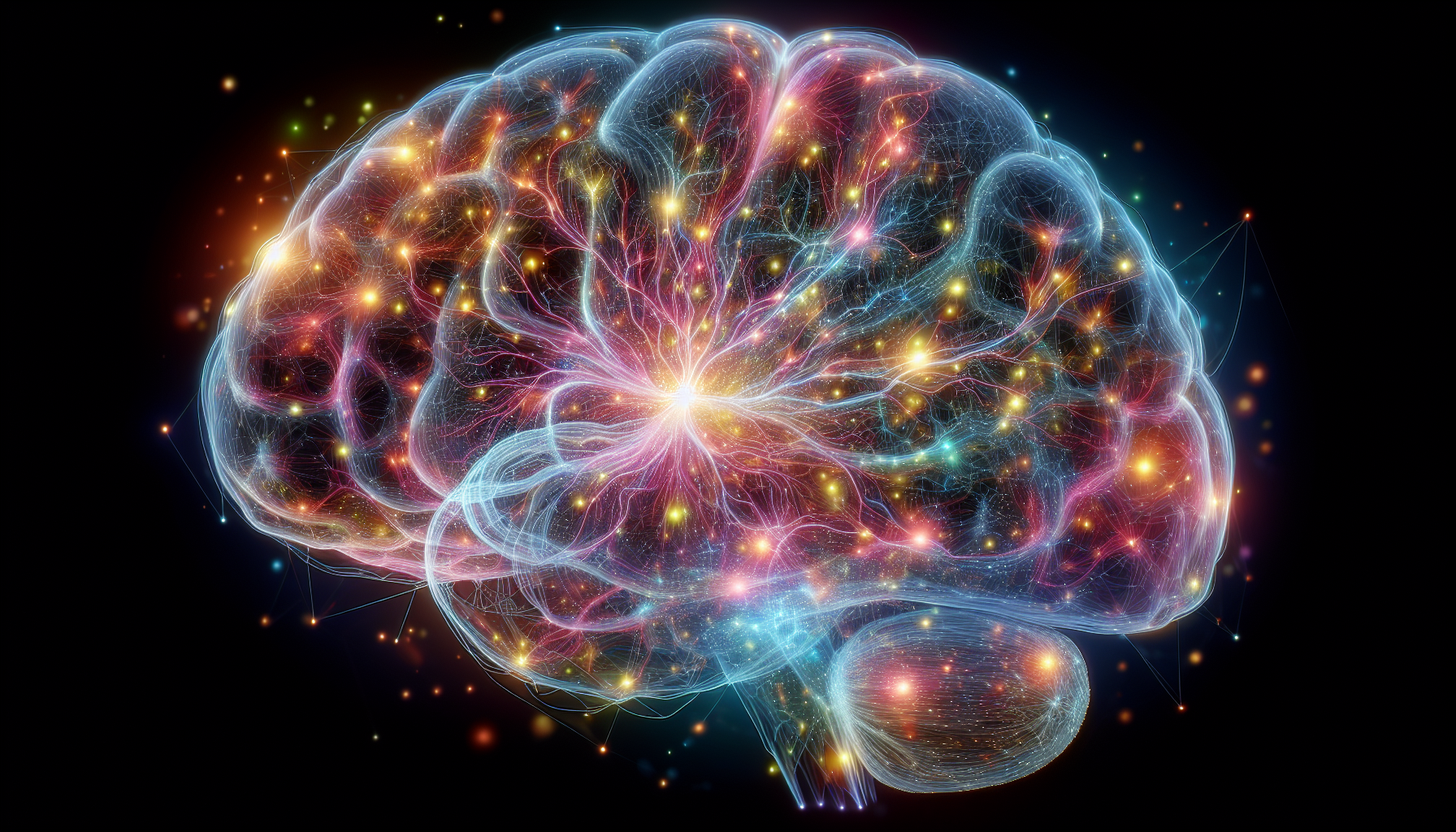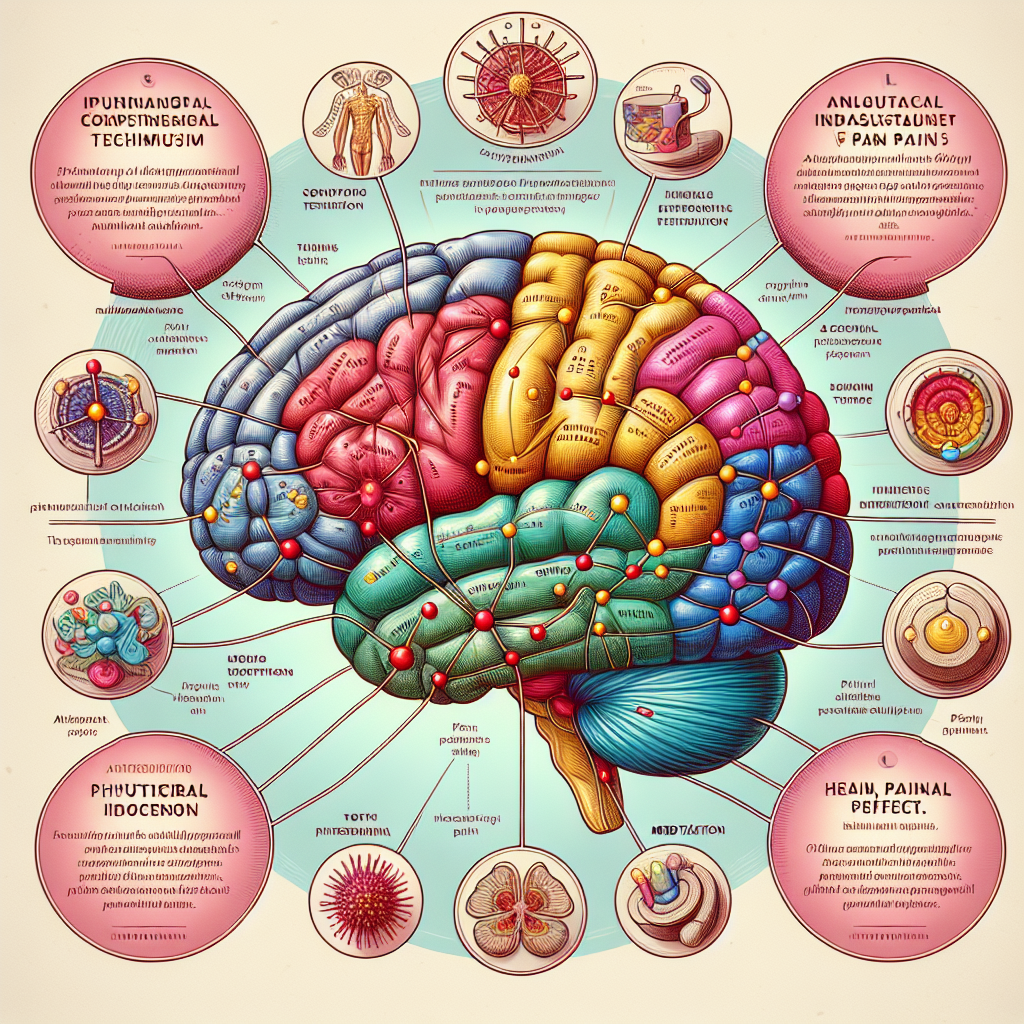Chronic pain is an often debilitating condition affecting millions of people worldwide. Unlike acute pain, which is a natural response to injury and typically resolves once the injury heals, chronic pain persists long term and can significantly impact one’s quality of life. However, it’s not just the physical symptoms that are concerning; the ways in which chronic pain management strategies influence the brain are complex and multi-faceted.
The Brain’s Response to Chronic Pain
When pain becomes chronic, it goes beyond a mere symptom and can alter the way the brain processes pain signals. The persistence of pain can lead to changes in the brain’s structure and function, a phenomenon known as neuroplasticity. This can result in increased sensitivity to pain and a decreased threshold for what causes pain, known as central sensitization.
The brain’s response to long-term pain also involves the emotional centers, such as the amygdala and prefrontal cortex. These areas can become hyperactive, contributing to the emotional distress that often accompanies chronic pain conditions. It’s a cyclical issue: pain affects the brain, which in turn, can exacerbate the perception of pain.
Pain Management and Brain Health
Given the profound impact of chronic pain on the brain, effective pain management is crucial not only for reducing pain itself but also for maintaining brain health. Pain management strategies can include medications, physical therapy, psychological approaches, and complementary therapies. Each of these can have different effects on the brain.
Medications
Pain medications, such as opioids, have been a traditional go-to for managing chronic pain. However, they come with a risk of dependency and other side effects, and can also affect cognitive function. Recent research suggests that long-term opioid use can lead to changes in the brain’s reward system as well as its pain processing pathways.
Physical Therapies
Physical therapies, including exercise and physiotherapy, can help to reduce pain and improve function. Exercise, in particular, is known to release endorphins, which are natural pain-relievers and mood elevators. Regular movement can help reverse some of the brain changes associated with chronic pain and has been linked to improvements in brain plasticity.
Psychological Approaches
Psychological strategies, such as cognitive-behavioral therapy (CBT), aim to change pain perception by altering thought and behavior patterns. These approaches can help manage the emotional impact of chronic pain and may even rewire the brain’s response to pain, providing a powerful tool in the pain management arsenal.
Complementary Therapies
Complementary therapies, such as meditation and mindfulness, have shown promise in managing chronic pain. Studies have demonstrated that such practices can decrease the brain’s response to pain, reduce stress, and improve emotional well-being.
The Role of Diet and Lifestyle
An often-overlooked aspect of pain management is diet and lifestyle. Anti-inflammatory diets, hydration, and certain supplements may play a role in managing chronic pain and supporting brain health. For example, omega-3 fatty acids have been shown to have protective effects against neurodegeneration and may also help reduce inflammation associated with chronic pain.
Stress, Sleep, and Pain
The relationship between stress, sleep, and pain is complex. Chronic stress can exacerbate pain conditions, while poor sleep quality can lower the pain threshold. Conversely, effective pain management can lead to better sleep and reduced stress, creating a positive feedback loop. Techniques to improve sleep quality and reduce stress, such as yoga and mindful meditation, can therefore be integral parts of a comprehensive pain management plan.
Emerging Therapies and Neurofeedback
Advancements in neuroscientific research have led to the development of new pain management techniques. Neurofeedback training, for instance, allows individuals to gain control over certain brain functions to reduce pain. This method has shown promise in advancing cognitive health and potentially improving pain management outcomes.
External Resources for Further Reading
- A niche study on the impact of chronic pain on brain structure and function from a peer-reviewed neuroscience journal.
- An in-depth analysis on the role of diet in inflammation and pain management.
- A comprehensive review of neurofeedback training and its implications for chronic pain management.
Conclusion
Chronic pain management is not only about alleviating physical discomfort but also involves a significant neurological component. The strategies employed can have profound effects on the brain, influencing pain perception, emotional health, and overall brain function. By understanding and utilizing a variety of pain management techniques, from medication to lifestyle changes, we can better support the intricate interplay between our pain experience and our brain’s health.



